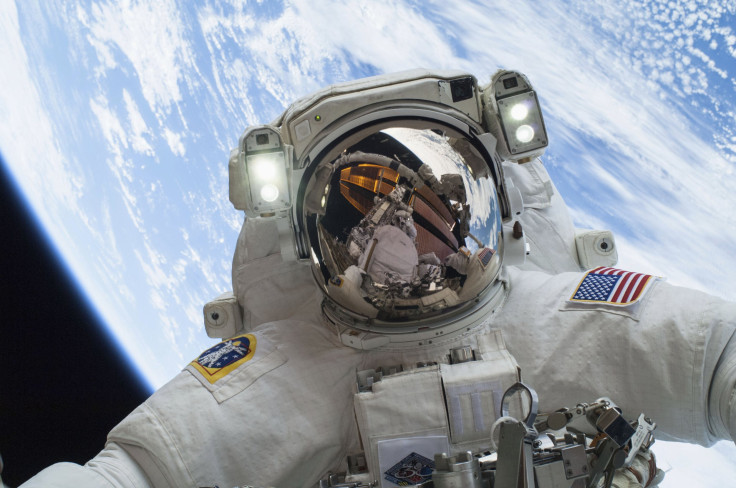Space Can Ruin Your Eyesight, And Scientists Say They’ve Finally Figured Out Why

Among the many ways space can kill you, none is more insidious than the effect of microgravity on the human body. Despite our recent forays into space, our bodies — which, over a span of millions of years, have evolved to live in the relatively protected confines of Earth — have still not attuned themselves to this hostile environment.
Obviously, for a species that aims to become truly space-faring and multiplanetary, this does not bode well.
A team of researchers from the University of Miami has now identified the cause of an affliction that nearly two-thirds of astronauts who have gone on long-duration space missions suffer from — untreatable farsightedness and blurry vision that were not fully reversible even when they returned to Earth.
According to the yet-to-be-peer-reviewed study, which is based on high-resolution MRI scans of 16 astronauts before and after their sojourn in space, this syndrome, known as visual impairment and intracranial pressure (VIIP), is caused by the build-up of cerebrospinal fluid (CSF) — the clear fluid that cushions the brain and the spinal cord from pressure changes during movements, and circulates nutrients and removes waste materials.
Prior to this study, it was believed that the key cause of the visual impairment was the shift of vascular fluid toward the upper body in the microgravity of space.
“On earth, the CSF system is built to accommodate these pressure changes, but in space the system is confused by the lack of the posture-related pressure changes,” study lead author Noam Alperin said in a statement released Monday. “The research provides, for the first time, quantitative evidence obtained from short- and long-duration astronauts pointing to the primary and direct role of the CSF in the globe deformations seen in astronauts with visual impairment syndrome.”
According to the researchers, the increase in volume of CSF in the orbit — the skull cavity that holds the eye — of long-duration astronauts caused their eyeballs to flatten and their optic nerve to become inflamed.
“If the ocular structural deformations are not identified early, astronauts could suffer irreversible damage,” Alperin said. “As the eye globe becomes more flattened, the astronauts become hyperopic, or far-sighted.”
© Copyright IBTimes 2024. All rights reserved.






















